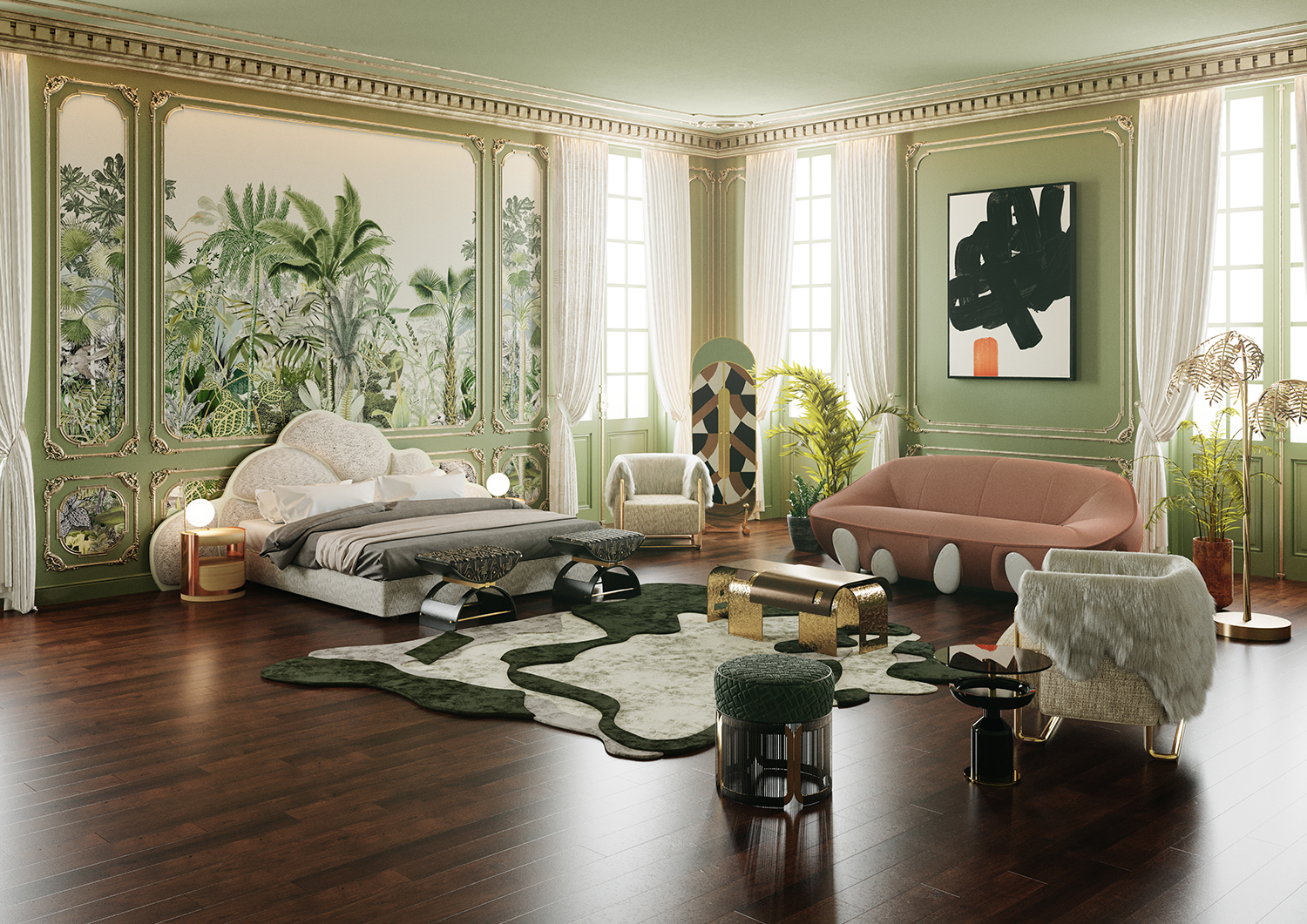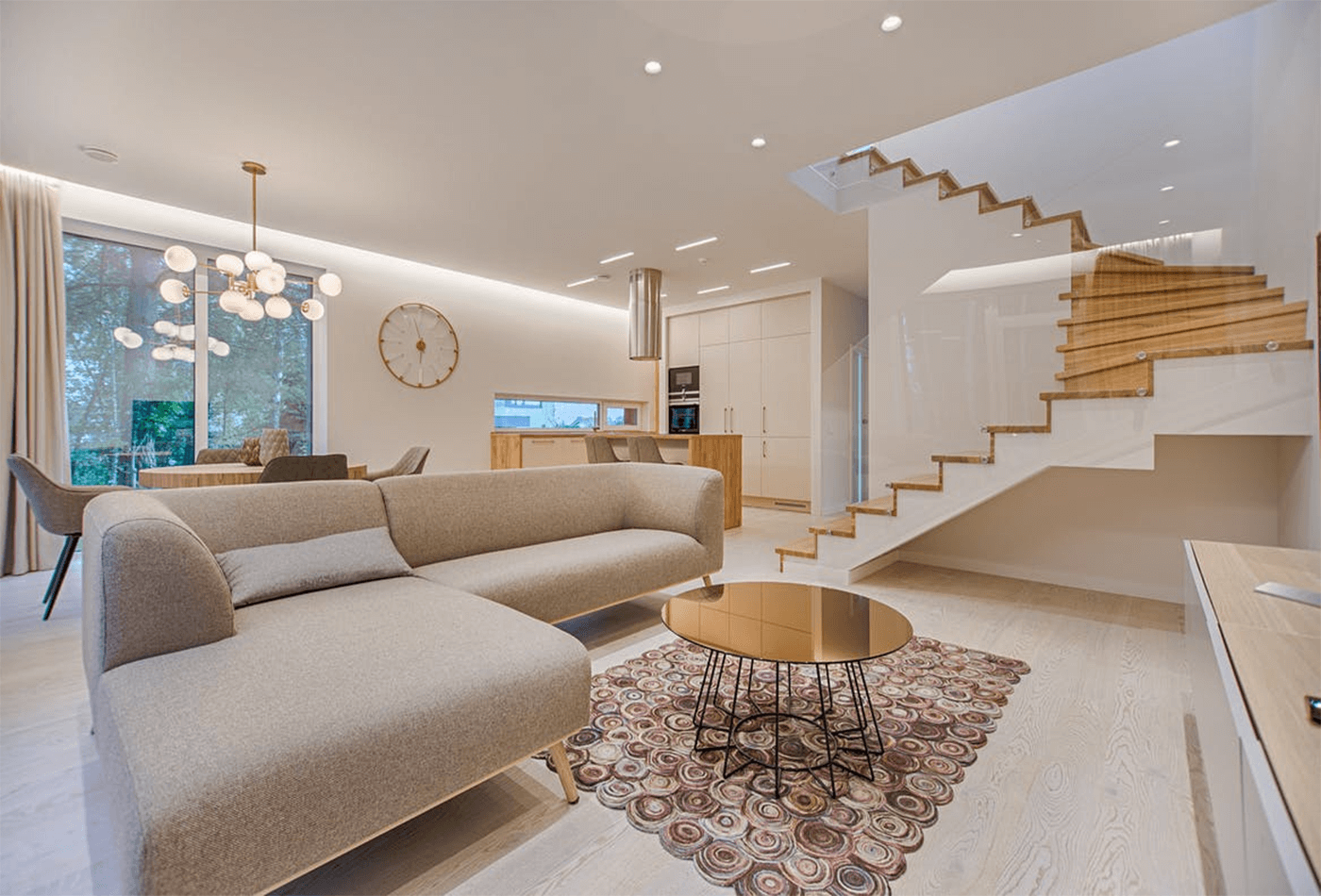Create your space with miami luxury interior design that blends elegance and innovation.
Create your space with miami luxury interior design that blends elegance and innovation.
Blog Article
Change Your Home With Vital Principles of Interior Layout and Visual Appeals
The art of changing your home with the important principles of interior decoration and visual appeal needs a thoughtful technique that integrates color, balance, and spatial recognition. By comprehending the impact of shade concept and the importance of appearance and patterns, one can produce areas that are not only visually attractive however additionally deeply personal. Attaining this equilibrium involves greater than mere design; it encompasses a strategic setup and an eager understanding of just how each element engages within a room. As we discover these foundational ideas, think about exactly how they could redefine your understanding of home and individual expression.
Recognizing Shade Theory
Understanding the concepts of shade theory enables developers to produce rooms that resonate mentally with owners while fulfilling practical needs. Each category plays a crucial role in establishing harmony within an area.
The emotional effect of colors is profound; warm colors such as reds and oranges stimulate power and warmth, while great tones like blues and greens promote calmness and serenity. The use of corresponding shades boosts aesthetic interest, creating striking contrasts that can elevate a space's charm.
Neutral shades, on the various other hand, offer as a functional background, enabling various other style aspects to radiate. It is necessary to take into consideration factors such as illumination and the space's function when choosing a color palette, as these can alter the perception of colors throughout the day.
Ultimately, a well-considered color design can change an area, promoting a feeling of comfort and style that lines up with the residents' preferences. Mastery of shade concept is, therefore, a vital ability for any kind of interior designer intending to produce harmonious and inviting settings.
Accomplishing Balance in Design
Just how can designers attain a sense of equilibrium in their spaces? Attaining balance in style is fundamental to developing harmonious insides.
Asymmetrical equilibrium, on the other hand, counts on differing components that still achieve a cohesive look. This technique permits even more vibrant and informal setups, supplying interest while keeping equilibrium. By very carefully selecting varying dimensions, colors, and structures, developers can create an aesthetically compelling area that feels well balanced yet energetic.
Radial equilibrium emphasizes a central prime focus with elements radiating exterior. This style is frequently seen in round layouts, where furniture and decoration produce a cohesive border that attracts the eye inward.
Ultimately, accomplishing equilibrium calls for thoughtful consideration of scale, proportion, and the relationships in between components. luxury interior design. By skillfully applying these balance principles, developers can change rooms right into environments that feel both visually pleasing and functionally unified, enhancing the general experience for passengers
Relevance of Spatial Recognition

A keen sense of spatial recognition permits developers to recognize focal points within a room, directing the customer's attention to key attributes while keeping an overall sense of unity. It likewise helps in the calculated positioning of lights, which can dramatically influence the understanding of room and state of mind. In addition, recognizing spatial partnerships makes it possible for the designer to deal with the particular needs of inhabitants, ensuring that each area offers its intended purpose without compromising visual appeals.
Eventually, spatial recognition is essential for optimizing the capacity of any kind of indoor space. By carefully taking into consideration the interplay between dimensions, design, and function, designers can develop settings that not only fulfill functional requirements yet likewise evoke a feeling of comfort and appeal, boosting the general living experience.
Including Structure and Patterns
Welcoming a diverse variety of structures and patterns can considerably boost the visual and responsive appeal of an indoor space. The critical usage of various materials-- such as description timber, metal, textile, and stone-- produces deepness and rate of interest, making an area feel extra inviting and dynamic. For circumstances, integrating smooth surface areas with rough structures can develop a balance that attracts the eye and involves the senses.
When incorporating patterns, think about both range and repetition. Large patterns can offer as prime focus, while smaller, subtle styles can match various other elements without overwhelming the area. Layering patterns, such as pairing flower paddings with website link candy striped tosses, includes intricacy and a sense of harmony if carried out attentively.
It is also important to preserve a cohesive color scheme, making certain that structures and patterns collaborate rather than compete for focus. By picking a couple of vital appearances and patterns, you can develop a merged aesthetic that reflects your individual design while boosting the total setting of the space. Eventually, the careful incorporation of these components can change a mundane space right into an advanced atmosphere abundant with personality and warmth.
Personalizing Your Room
Developing an area that reflects your individuality is crucial to achieving a truly inviting setting. Personalization in interior decoration permits you to instill your distinct style and rate of interests into your home, changing it from a simple shelter into a shelter that speaks with that you are. Begin by choosing a shade combination that reverberates with your emotions-- vibrant colors can energize, while soft tones use harmony.
Incorporate art work and decor that show your passions, whether it be traveling, nature, or abstract concepts. Showing individual collections, such as books, pictures, or souvenirs, can stimulate treasured memories and create centerpieces within an area. Furthermore, take into consideration personalizing functional items, like upholstered furniture, to line up with your visual preferences.

Verdict
To conclude, the makeover of a home through the vital concepts of interior decoration and appearance requires a thorough understanding of color theory, balance, spatial understanding, texture, and personalization. Each aspect adds considerably to developing a harmonious and functional living atmosphere - luxury interior design. By thoughtfully integrating these principles, individuals can enhance the visual charm and emotional resonance of their areas, eventually fostering a home that shows special discover here identifications while giving convenience and usefulness
Report this page